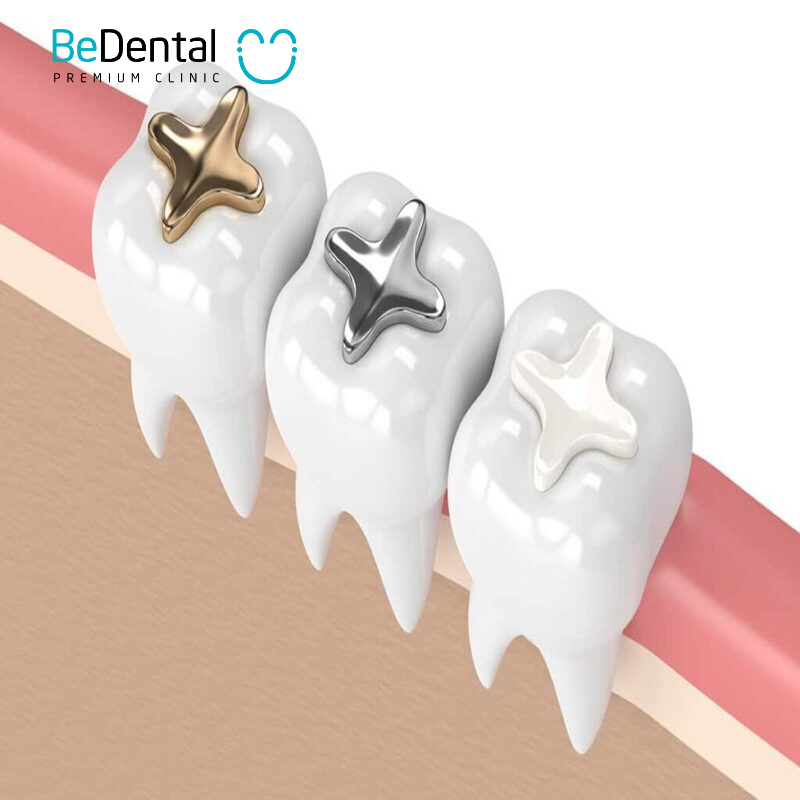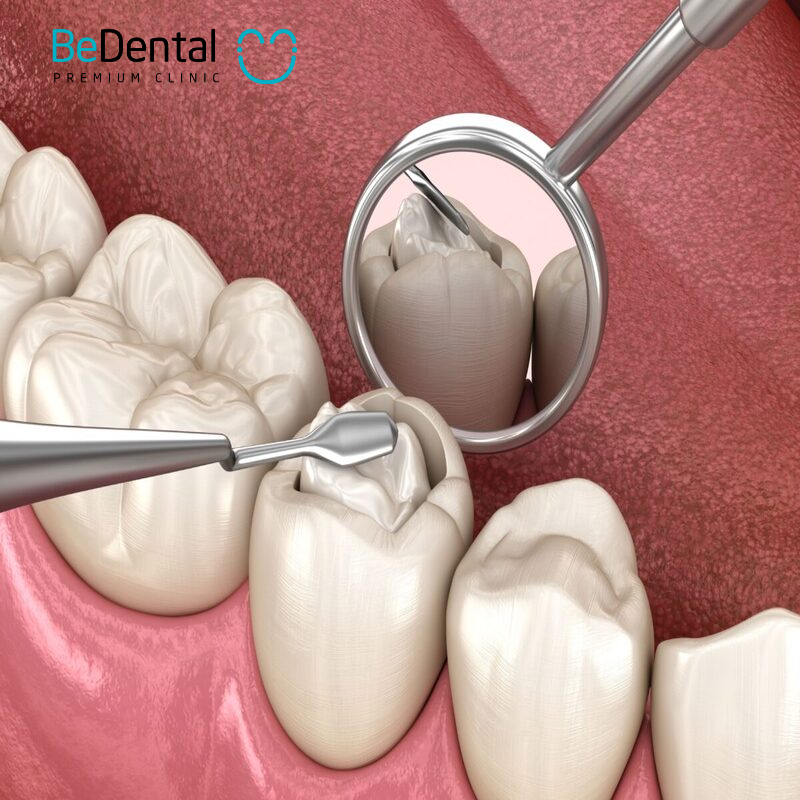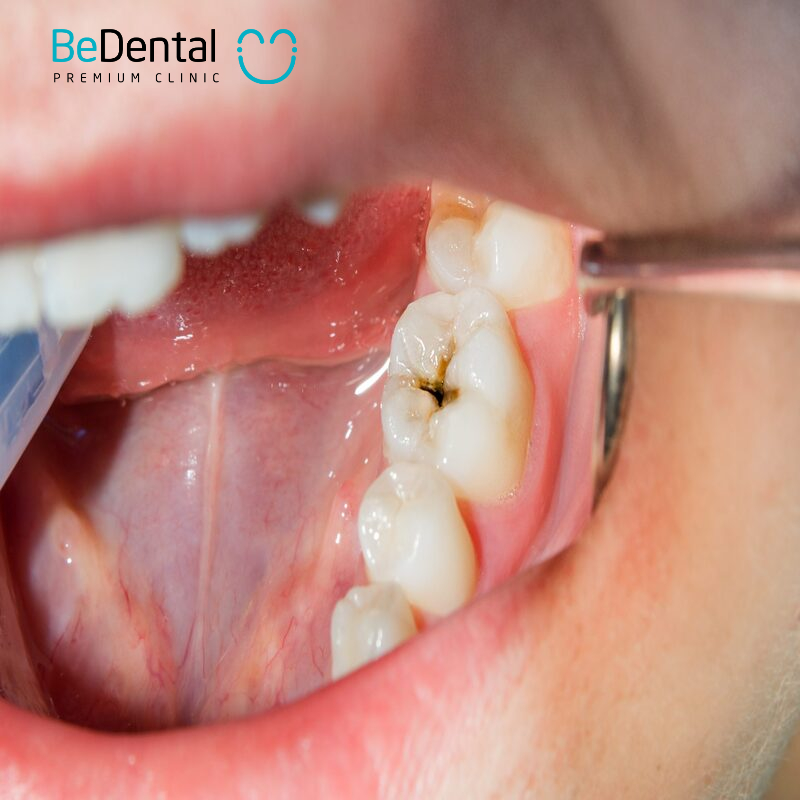According to a study by the American Dental Association (ADA), up to 92% of adults will require dental fillings due to cavities at some point in their lives. With advancements in technology and dental materials, there are now various types of filling materials available, each with its own advantages and disadvantages.
Common types of dental filling materials include composites, amalgams, ceramics, and plastics, each possessing specific characteristics. Understanding the pros and cons of each type of material not only aids dentists in making the right choice but also helps patients make informed decisions regarding their oral health.
The Importance of Choosing the Right Filling Material
Selecting the appropriate dental filling material is a crucial factor in dental treatment, directly impacting patients’ oral health and quality of life. Here are some reasons why choosing the right filling material is essential:
Dental Protection
Choosing the right filling material helps protect teeth from decay and damage. Durable materials like amalgam can withstand strong chewing forces, while materials like composites and ceramics have excellent adhesion properties that help restore the shape and function of teeth.

Aesthetics and Confidence
For many people, aesthetics is a significant factor. Composite and ceramic materials can be color-matched to natural teeth, enhancing appearance and boosting patients’ confidence. Using aesthetically pleasing materials helps address imperfections without compromising the natural look of the smile.
Longevity and Cost
Choosing durable filling materials can save costs in the long run. Materials like amalgam have a longer lifespan and require less frequent replacement, while composites may need regular maintenance. Investing in high-quality materials can help minimize repair costs in the future.
Meeting Diverse Needs
Each patient has unique needs and circumstances. Selecting the appropriate filling material allows dentists to personalize treatment for each specific case, ensuring that patients receive optimal care for their conditions.
Allergy Risks and Side Effects
Some materials can cause allergic reactions in certain individuals. Choosing the right filling material can help minimize this risk and ensure patient safety.
Types of Dental Filling Materials
The common types of dental filling materials today include composites, amalgams, and ceramics.
Composite: The Most Popular Filling Material
Composite is one of the most widely used filling materials in dentistry today. Its standout advantage is its high aesthetic appeal, with shades similar to natural teeth, helping restore the beauty of the smile without compromising aesthetics. Additionally, composites bond well to tooth surfaces, preventing the development of decay around the filling area.

- High Aesthetic Appeal: Composites can match the color of natural teeth, providing a natural and aesthetic restoration. This is especially important for front teeth, where aesthetics are prioritized.
- Ease of Manipulation and Repair: Composite materials can be easily adjusted, allowing dentists to work flexibly during treatment. If repairs or replacements are needed, the process is relatively straightforward.
- Good Adhesion Properties: Composites bond well to tooth surfaces, effectively preventing decay around the filling area and protecting natural teeth.
However, composite fillings (composite fillings) have lower durability compared to other materials like amalgam, leading to more frequent replacements. Moreover, composites can stain over time and are generally more expensive than amalgams, which may influence patients’ decisions.
Amalgam: High Durability and Affordability
Amalgam is a popular choice in dentistry due to its high durability and reasonable cost. The advantages of amalgam include its strong resistance to pressure and long-lasting nature, which effectively maintains chewing function for many years. Additionally, the low cost of amalgam makes it a practical choice for many patients.
- High Durability: Amalgam can withstand significant pressure and offers high durability, making it effective for long-term chewing function, especially in molars where chewing forces are substantial.
- Long Lifespan: Amalgam can last many years without needing replacement, helping patients save costs in the long run.
- Lower Cost: Amalgam typically costs less than materials like composites and ceramics, making it accessible to a broader range of patients.
However, the aesthetic drawback of amalgam is its noticeable silver color, which is unsuitable for front teeth. Additionally, amalgam may cause allergic reactions in some individuals and does not bond to tooth surfaces as well as composites, which can increase the risk of decay around the filling.
Ceramics: The Most Aesthetic Option
Ceramics are among the most aesthetically pleasing filling materials, often chosen by patients concerned about the appearance of their teeth. The greatest advantage of ceramics is their natural color, similar to real teeth, providing superior aesthetic beauty. Ceramics also offer good durability and abrasion resistance and do not stain over time.

- Very High Aesthetics: Ceramics provide the best aesthetic appeal among filling materials, resembling natural teeth and offering patients a confident smile.
- Good Durability: This material is resistant to wear and has high durability, ensuring long-term maintenance without replacement.
- Stain-Resistant: Ceramics do not stain over time, keeping the smile looking beautiful and natural.
However, ceramic fillings (ceramic fillings) can be expensive, which may make some patients hesitant to choose them. Additionally, ceramics can be prone to breaking under strong forces, and the crafting and installation process can be time-consuming, making them less suitable for urgent cases.
Plastics: Low Cost and Easy to Use
Plastics are among the lowest-cost and easiest filling materials to work with. The advantage of plastics lies in their ease of shaping and repairing, along with shorter treatment times, saving patients time and money. Plastics are suitable for cases that do not require high aesthetics.
- Easy Shaping and Repair: Plastics can be easily and quickly shaped, allowing dentists to adjust them effortlessly during treatment.
- Low Cost: Due to their low price, plastics are a reasonable choice for many patients, particularly in cases that do not require high aesthetics.
- Short Treatment Time: Treatment times with plastics are usually shorter, saving patients time.
However, the downside of plastics is their low durability, making them unsuitable for high-stress areas, and they are more prone to damage and require more frequent replacements. Furthermore, plastics can stain and degrade over time, and they bond less effectively than composites, which can increase the risk of decay around the filling.
BeDental is a prominent brand for dental fillings in Vietnam
BeDental is a prominent brand for dental fillings in Vietnam. The clinic is known for providing high-quality dental filling services that effectively restore damaged teeth while ensuring patient comfort. With a team of skilled dental professionals, BeDental uses advanced materials and techniques to achieve durable and aesthetically pleasing results. The clinic prioritizes patient care and satisfaction, making it a trusted choice for dental filling services across the country.
Choosing the right dental filling material is crucial not only for treatment effectiveness but also for long-term aesthetics and oral health. Each type of filling material in Vietnam, such as composites, amalgams, ceramics, and plastics, has its own unique advantages and disadvantages. Composites offer high aesthetics but lower durability; amalgams are cost-effective with high durability but lack aesthetic appeal; ceramics are perfect for those wanting a natural look but come at a higher cost; while plastics are affordable but may deteriorate quickly over time.
For those seeking further consultation regarding dental examination services, please visit BeDental’s locations in Hanoi or Ho Chi Minh City. You can also reach us at our hotline: (+84) 934.61.9090 / (+84) 899.555.636 or through our Facebook page, BeDental, for prompt and accurate assistance.




